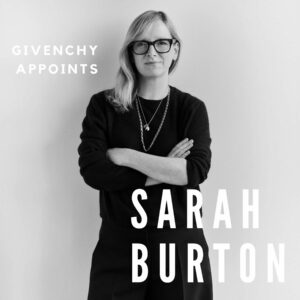
Rosita Missoni, co-founder of the renowned Italian fashion house Missoni, passed away peacefully on January 1, 2025, at her home in Sumirago, Italy, at the age of 93. 
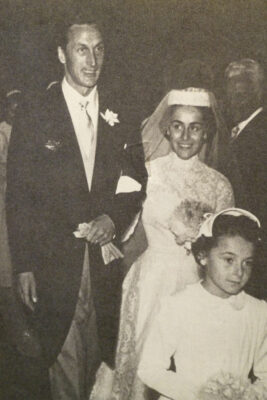
Born Rosita Jelmini on November 20, 1931, in Golasecca, Italy, she hailed from a family with a rich textile heritage. Rosita studied modern languages. On a trip to London in 1948 to improve her English, she met Ottavio, who was competing with the Italian 400 metres hurdles team at the Olympics in the city. In 1953, she married her fellow textile enthusiast Ottavio «Tai» Missoni. Together, they established Missoni, transforming it into a symbol of Italian luxury fashion celebrated for its vibrant knitwear, distinctive zigzag patterns and avant-garde use of textiles, an approach to fashion often compared to modern art.
 Missoni models in 1966, Photo: Courtesy of Missoni
Missoni models in 1966, Photo: Courtesy of Missoni
Under Rosita’s creative direction, Missoni gained international acclaim for its innovative designs and contributions to ready-to-wear fashion. It was also helped by what was dubbed the ‘battle of the bras‘ in 1967. Missoni had been invited to show at the Pitti Palace in Florence but before the models went out on the runways Rosita noticed that their bras were visible through their tops, ruining the intended colour and pattern effect. She told the models to remove their bras but, under the runway lighting, their outfits became totally transparent and the incident caused a sensation.
 Angela Missoni at the Missoni show during Milan Fashion Week S/S 2018, Photo: Courtesy of Net-à-Porter
Angela Missoni at the Missoni show during Milan Fashion Week S/S 2018, Photo: Courtesy of Net-à-Porter
Rosita remained actively involved in the company until 1997, when she transitioned leadership to her children, notably her daughter Angela, who assumed the role of creative director. Rosita then focused on expanding the Missoni Home collection, infusing the brand’s signature aesthetic into home furnishings. 

The Missoni family faced significant tragedies in 2013, with the loss of their eldest son, Vittorio, in a plane crash, followed by Ottavio’s passing later that year. Despite these challenges, Rosita’s unwavering dedication ensured the brand’s continued prominence in the fashion industry. 

Rosita Missoni’s legacy endures through her pioneering spirit, innovative designs, and the vibrant patterns that have become synonymous with the Missoni brand. Her contributions have left an indelible mark on the fashion world, inspiring generations of designers and fashion enthusiasts alike.

The brand expanded into home collections and hotels. In 2018 Italian investment fund FSI invested 70 million euros in the company in exchange for a 41% stake. Missoni picked Rothschild in 2023 as financial adviser to explore a potential sale of the company. As of October 2024, Alberto Caliri serves as the creative director of Missoni. A veteran of the company since 1998, Caliri previously led Missoni’s home and sport categories. He initially assumed the creative director role on an interim basis after Angela Missoni’s departure in 2021 and was officially appointed following Filippo Grazioli’s tenure from 2022 to 2024. 
 Missoni S/S 2025
Missoni S/S 2025
Under Caliri’s leadership, Missoni continues to innovate while staying true to its distinctive aesthetic, as evidenced in recent collections. 
Rest in Peace, Rosita, and thank you for these amazing patterns and fantastic knitwear!
LoL, Sandra

Photos: © Missoni, Missoni Archives, Grazia, Sandra Bauknecht
DISCLOSURE: We may earn commission from links on this page, but I only recommend products I love. Promise.


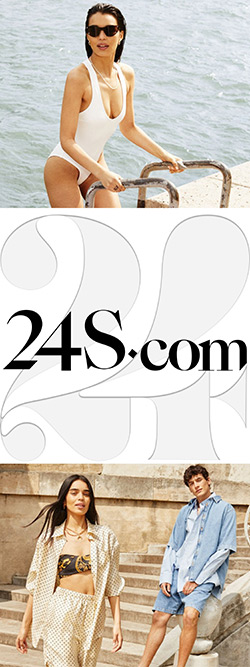


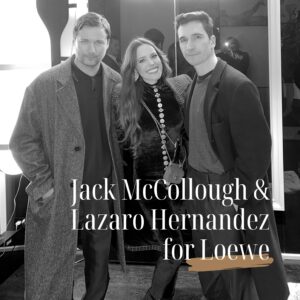







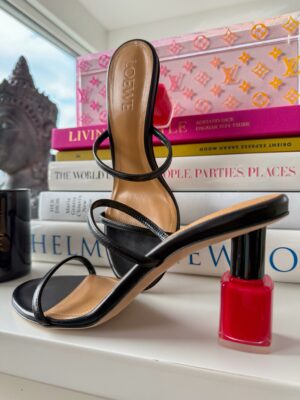


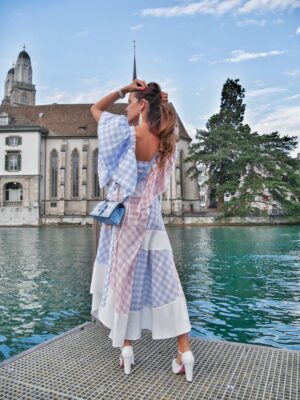
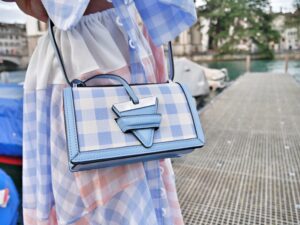





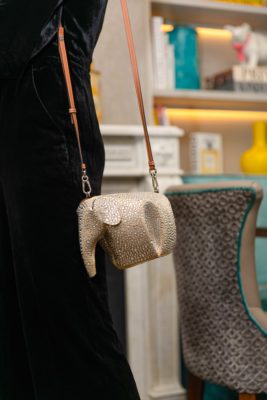
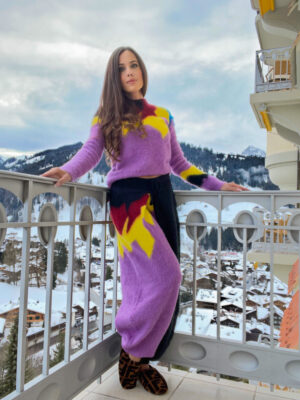



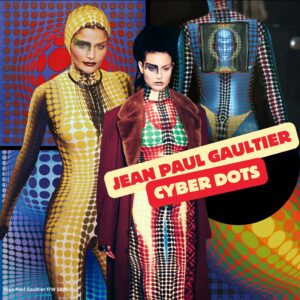








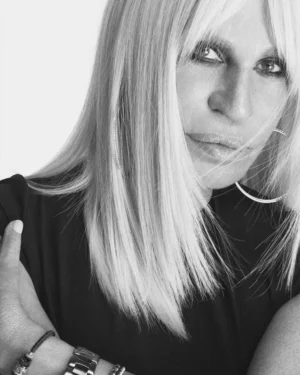






 Missoni models in 1966, Photo: Courtesy of Missoni
Missoni models in 1966, Photo: Courtesy of Missoni



















